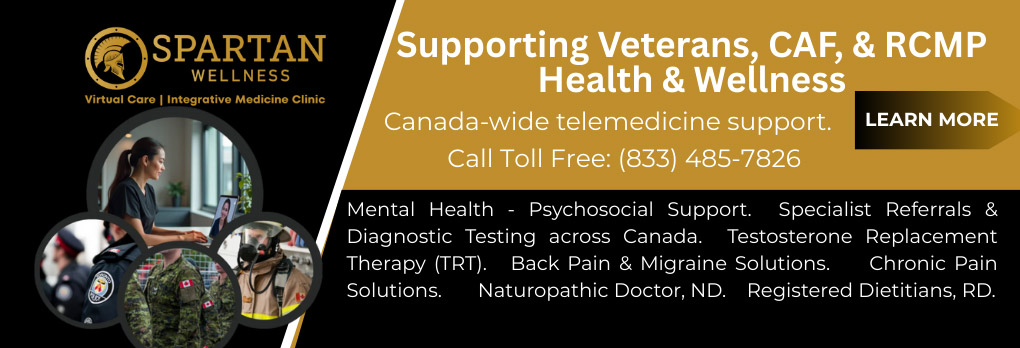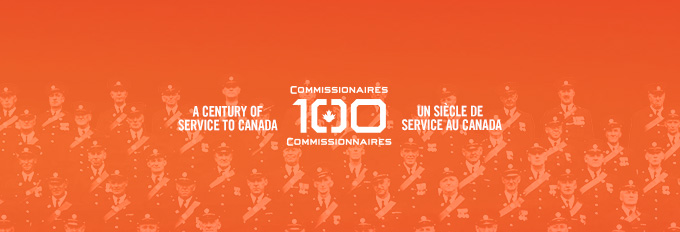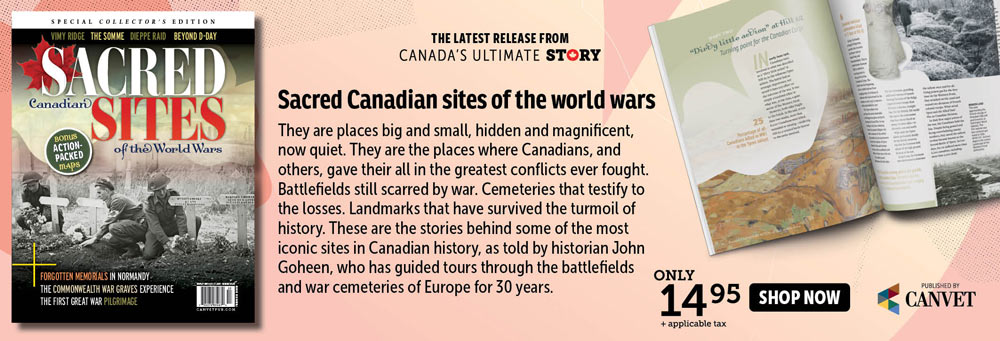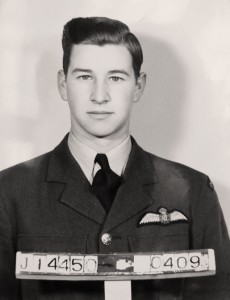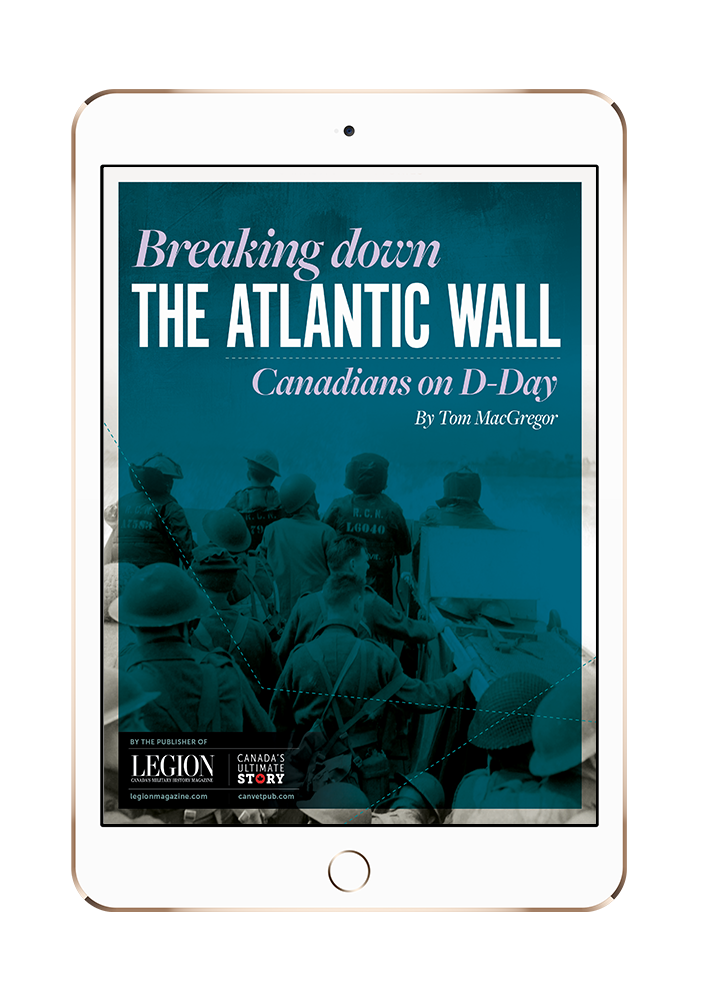It was one of those strange coincidences,” explained Cheryl Forchuk, assistant scientific director at the Lawson Health Research Institute in London, Ont.
“I happened to be at one of our [homeless] shelters talking to people about strategies to lift them out of poverty, and two individuals were veterans. We had an interesting conversation about the difficulties of transitioning to civilian life.”
Forchuk left the shelter with that conversation vivid in her mind. It remained with her the next day at a committee meeting in Ottawa where, in a curious turn of events, the broad topic of veterans without permanent housing surfaced.
One thing led to another, and “we were able to get funding to do Canada’s first national study related to veterans experiencing homelessness,” said Forchuk.
Travelling coast to coast to interview dozens of veterans, Forchuk and her research team began developing principles based on the accumulated feedback.
Among the conclusions was the need for a housing-first model that would stabilize service members by providing housing before any other issue is tackled.
“From all the homeless projects we’ve done, it’s clear that people can’t deal with their problems while they’re still on the street,” said Forchuk.
Equally important is peer support. Many veterans expressed the desire for greater assistance from people who understood the military and homelessness.
Forchuk’s study also determined the need for veterans to maintain structure in accessing homeless services.
“If I heard it once,” she said, “I heard 100 times the phrase ‘loosey-goosey’ [when discussing homeless shelters]. While these sites are trying to be accommodating, they couldn’t be more opposite to military routine. There are no rules, there is no specific breakfast time, and the veterans often need that.”
Forchuk’s team likewise encountered hurdles, not least a fundamental lack of Canadian research and an overreliance on U.S. research. This, of course, wasn’t an American shortcoming in acknowledging the military culture differences between both countries; rather, it was a decidedly Canadian omission in factors of contextualizing veterans’ homelessness north of the border.
Where U.S. studies suggested that post-traumatic stress disorder was a leading cause of homelessness, Forchuk found that many Canadian veterans tied their challenges to alcohol dependency, in part the result of the Canadian military’s drinking culture.
It was, the team recognized, a complex addiction issue that benefited from a harm reduction over an abstinence model of treatment. Nevertheless, in laying bare the glaring cross-border divide, it became increasingly evident that a similar one-size-fits-all strategy extended to demographic disparities within Canada itself.
“I was really concerned about the lack of women [represented in the study],” said Forchuk, who identified female veterans in only two locations before the research findings were published in 2015. “I made a point of talking to them regularly, and they said that the systems were really set up for men.”
In 2018, a national survey tallied roughly 32,000 people experiencing homelessness in 61 communities across Canada (both in sheltered and unsheltered locations, as well as in various transitional programs), 19,536 of whom actively participated in the project; 4.4 per cent of respondents said they were veterans of the Canadian Armed Forces; of those, 82.7 per cent were male and 14.1 per cent female.
What were the exclusive lived experiences of the latter? How can they be addressed and why had so few come forward when research was carried out prior to 2015?
Now, with $1.2 million in federal government funding, Forchuk’s team is in the process of finding answers by conducting first-of-its-kind research that focuses on the experience of female veterans.
Like with the previous study, Forchuk’s team is continuing to travel across Canada—to locations selected in partnership with The Royal Canadian Legion and other veteran-serving groups—for an expected four-year period. Their aim is to gather information that could ultimately shape programs, inform policies and, fundamentally, provide tailored solutions for female veterans.
Already, conversations with former personnel have highlighted some of the issues, explained Forchuk.
“In London, for example, many [female veterans] had kids where it wasn’t good to take them into a group environment [of shelters]. More recently, new programs offer tiny homes that just aren’t suitable for kids.”
“Some women,” she added, “are dealing with sexual trauma. So, to put them in a room or building full of men, let alone if they have kids, is not appropriate.”
However, with hopes for interviewing at least 100, ideally 150, female veterans, Forchuk is wary about generalizing their respective experiences.
“I don’t want to say, ‘This is a solution for all women,’ she said. “We must drill down. We must understand the differences between having kids and not having kids, between Indigenous and non-Indigenous individuals and between trans women. We might say that these are some broad experiences, but they must be further condensed.”
And yet, challenges identified in Forchuk’s first study linger—namely, affording individuals the space to self-identify as veterans. It is, seemingly, one area where there’s little difference between male and female interviewees, noted Forchuk: “Many feel they don’t deserve the title [of veteran] because of how far they’ve fallen. They feel it’s part of their recovery to reclaim that status again.”
As much as peer support has been emphasized, the role civilians play in helping veterans, regardless of sex or gender, cannot be diminished.
“The Legion is a huge partner [in finding would-be candidates],” said Forchuk, “but everyone can assist. If someone asks to borrow your couch because they’re in a situation, talk to them. If someone is doing super well now, but they had been homeless, have them reach out as it could be a way of helping other women.”
Homing in on solutions is, unsurprisingly, the cornerstone of the study, although the Lawson Health Research Institute also recognizes the profound importance of giving female veterans a long-overdue voice.
“It’s about hearing people’s stories,” suggested Forchuk. “It’s about bearing witness, of knowing they’re out there.”
Advertisement




